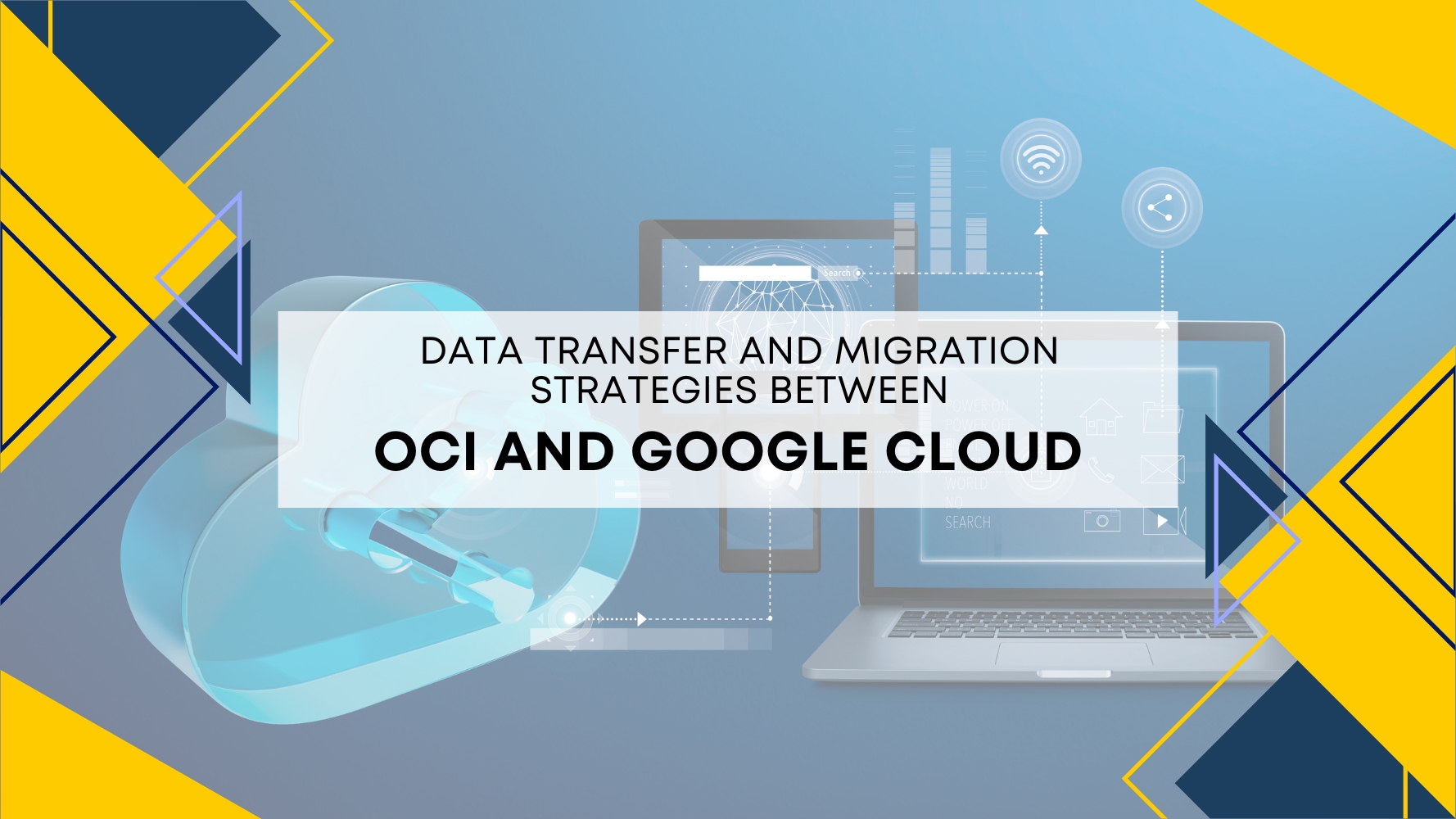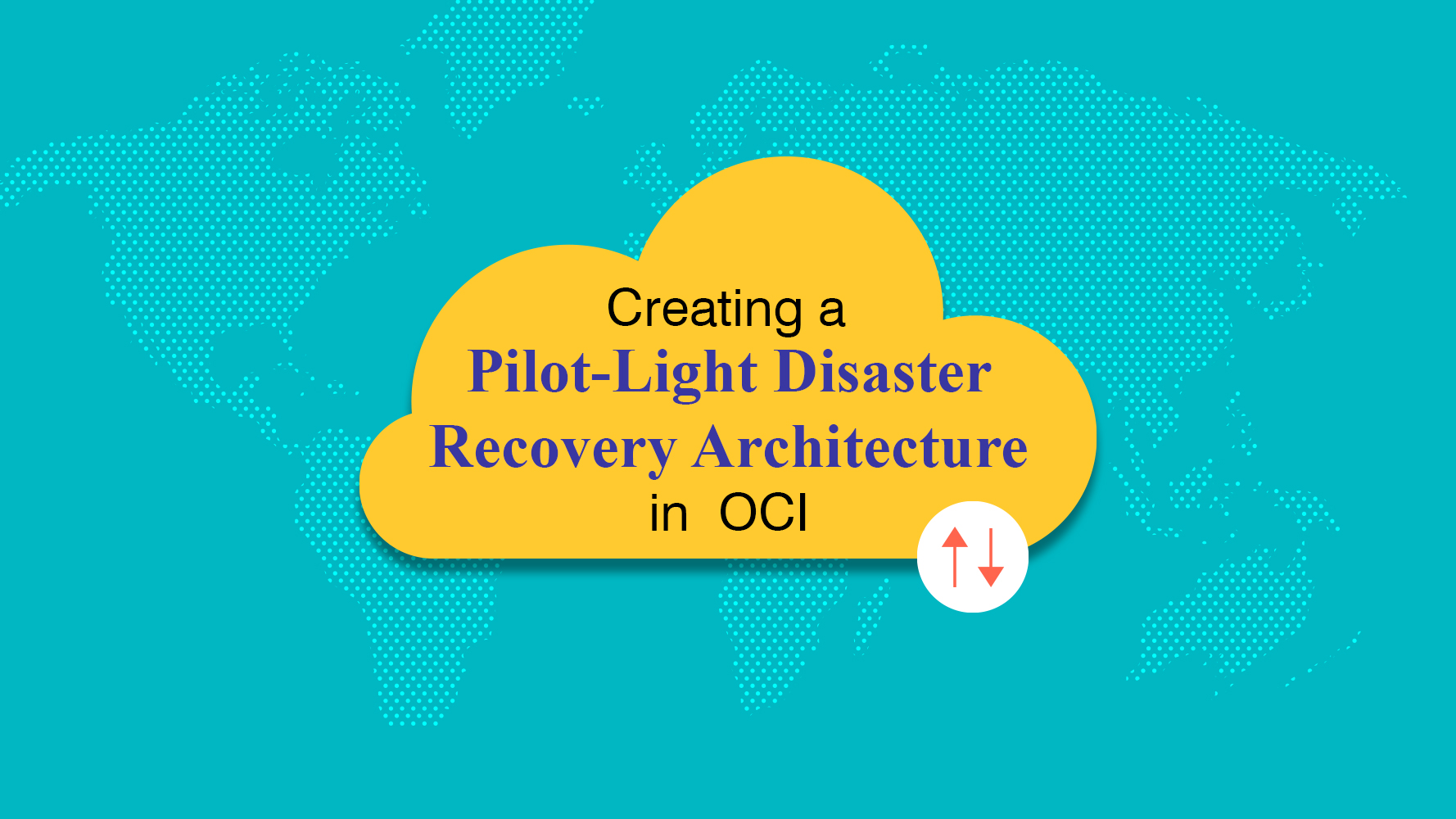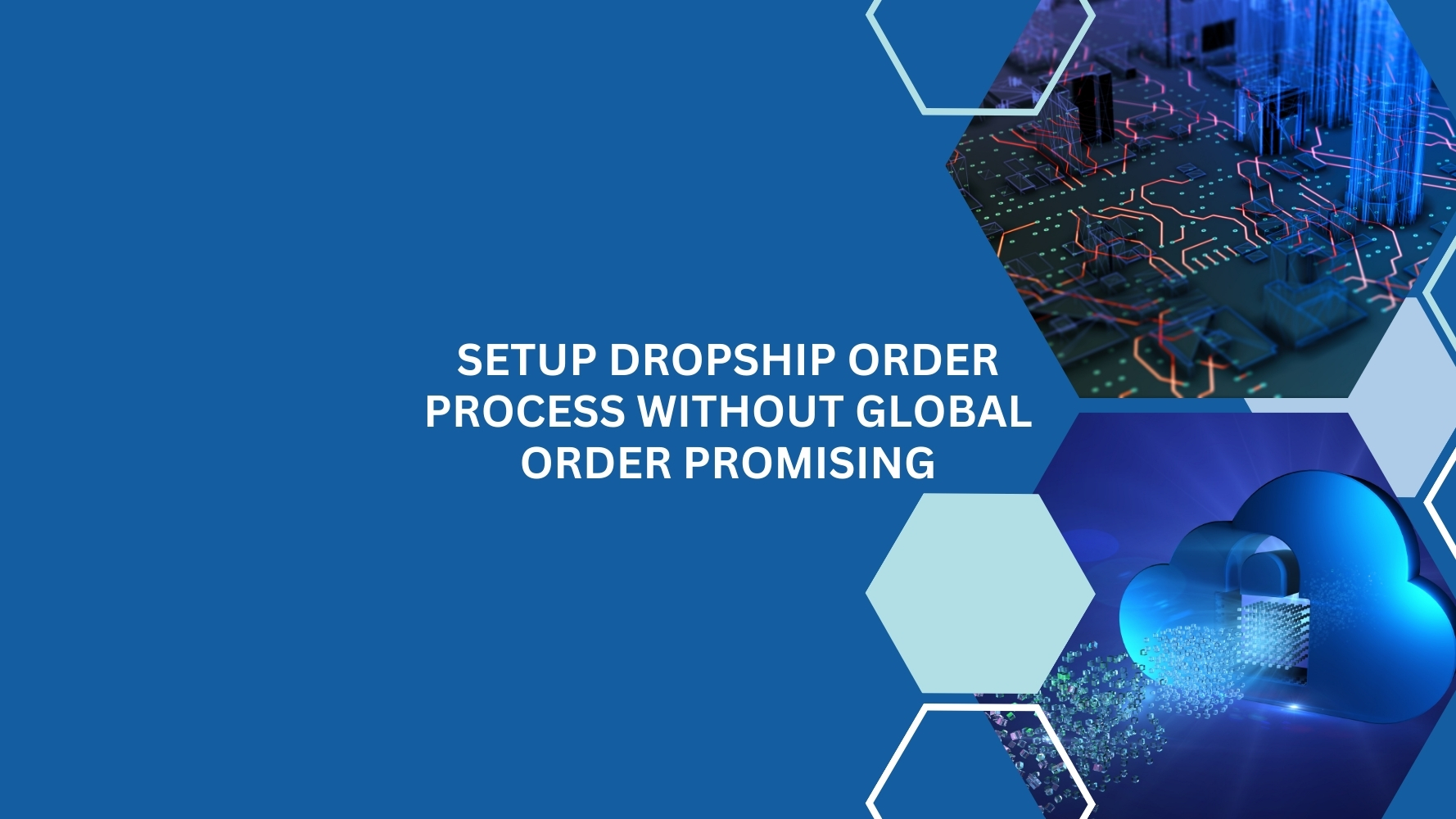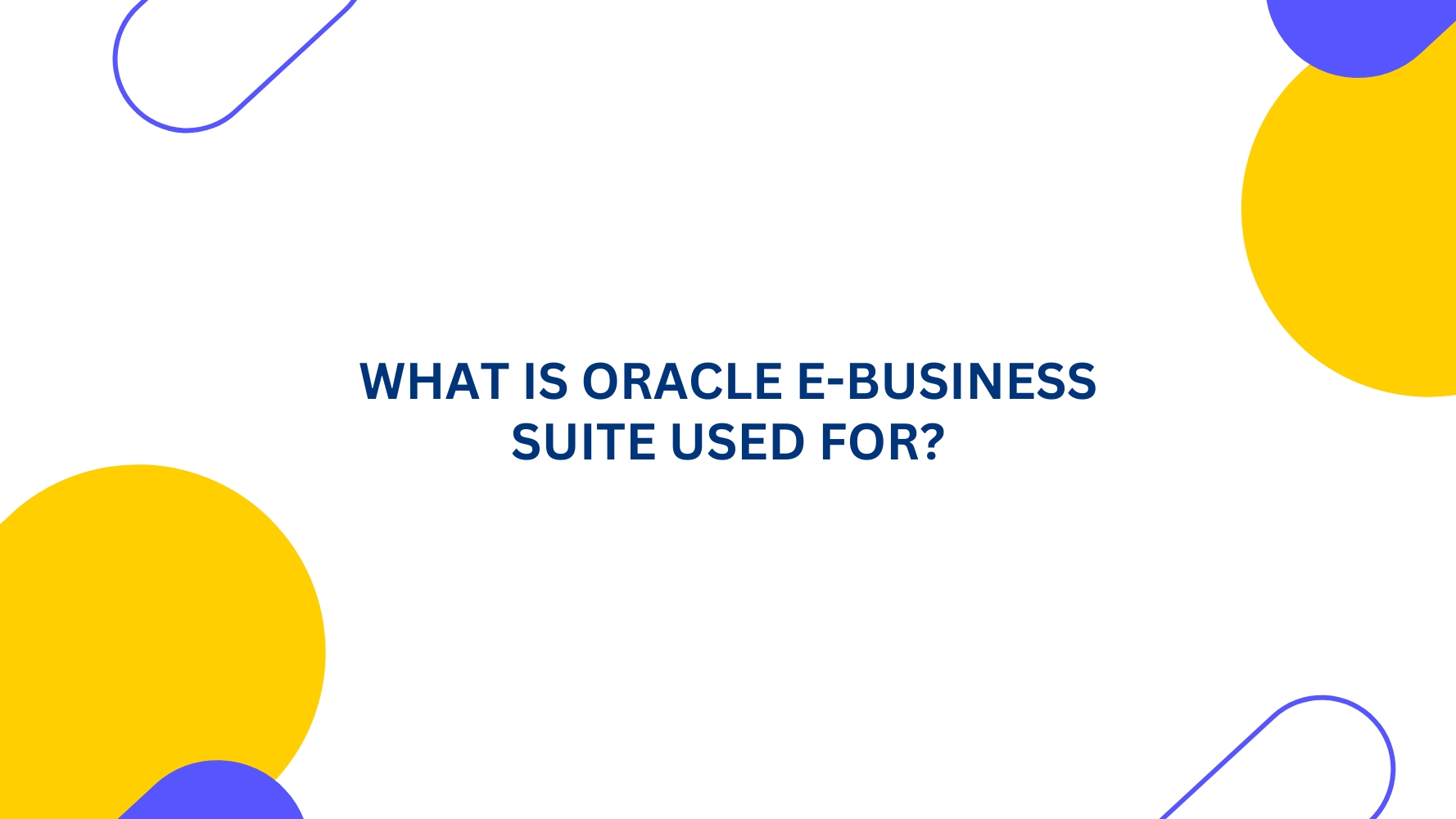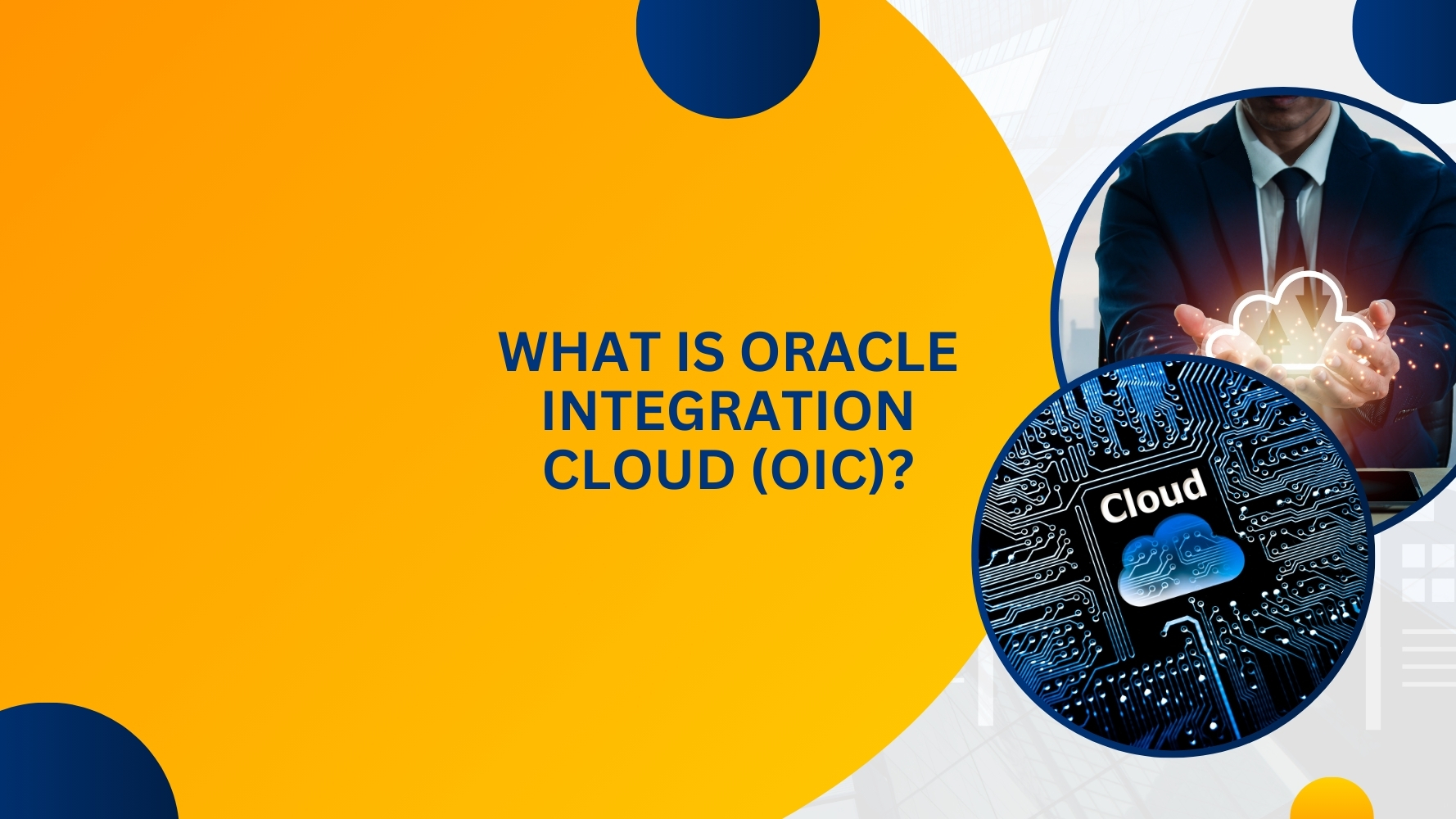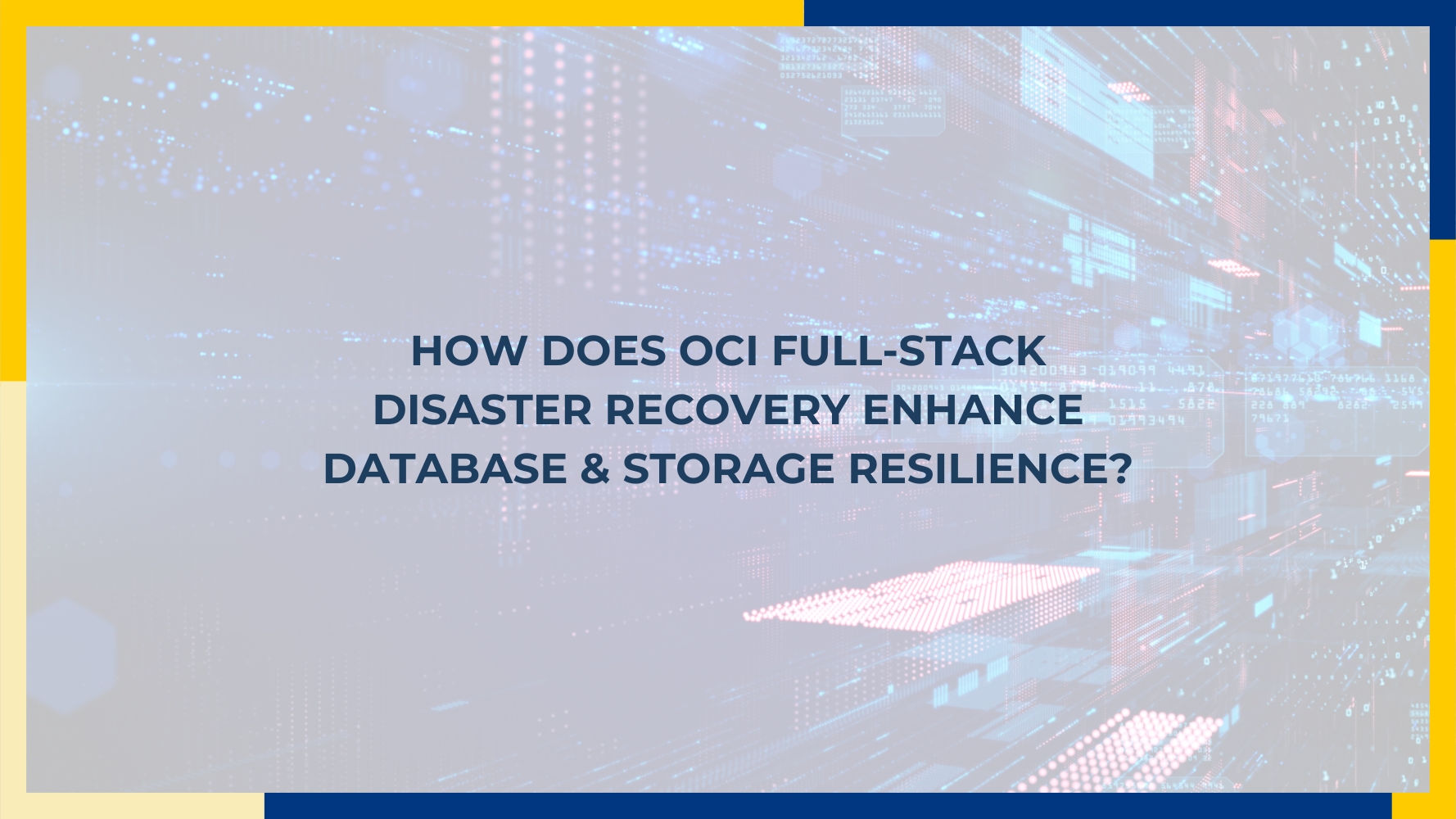In the evolving landscape of cloud computing, businesses increasingly seek to leverage multiple cloud environments to maximize flexibility, resilience, and performance. Interconnecting Oracle Cloud Infrastructure with Google Cloud can bring numerous benefits, including improved data management, enhanced analytics, and optimized application performance. However, successfully transferring and migrating data between these two cloud giants requires a well-thought-out strategy. This blog will explore the best practices and strategies for efficient data transfer and migration between Oracle Cloud Infrastructure and Google Cloud.
Understanding the Need for Data Transfer and Migration
Before diving into the strategies, it’s essential to understand why businesses might need to transfer and migrate data between Oracle Cloud Infrastructure (OCI) and Google Cloud. Here are some common scenarios:
- Business Continuity: Ensuring data is accessible and secure in multiple cloud environments to prevent downtime and data loss.
- Cost Optimization: Leveraging cost-effective services from both cloud providers to reduce overall expenses.
- Performance Enhancement: Utilizing the strengths of each cloud provider to optimize application performance and user experience.
- Regulatory Compliance: Storing data in specific geographic locations to comply with local regulations.
Prerequisites for Data Transfer and Migration
Before initiating the data transfer and migration process, ensure you have the following prerequisites in place:
- Accounts and Permissions: Active accounts with appropriate OCI and Google Cloud permissions.
- Network Configuration: Secure and efficient network connectivity between OCI and Google Cloud, typically through VPN or dedicated interconnect.
- Data Inventory: A comprehensive inventory of the data to be transferred, including data types, sizes, and dependencies.
Data Transfer and Migration Strategies
1. Using Oracle Data Transfer Service
Oracle Data Transfer Service is an efficient method for moving large datasets to Oracle Cloud Infrastructure. This service lets you physically ship data to OCI, which is uploaded directly to your Oracle Cloud storage.
Steps:
- Prepare Data: Export and encrypt your data onto storage devices.
- Ship Devices: Send the storage devices to an Oracle data center.
- Data Upload: Oracle personnel upload the data to your OCI environment.
This method is beneficial for transferring large volumes of data where network bandwidth may be a constraint.
2. Cloud Storage Transfer Service
Google Cloud offers a cloud storage transfer service that can transfer data from OCI to Google Cloud Storage. This service is ideal for ongoing data transfers and can efficiently handle large-scale data movements.
Steps:
- Set Up Transfer Job: Configure a transfer job in Google Cloud Storage Transfer Service.
- Source and Destination: Specify OCI as the source and Google Cloud Storage as the destination.
- Transfer Data: Initiate the transfer job and monitor progress.
3. Data Sync Tools
Oracle Cloud Infrastructure and Google Cloud provide various data sync tools to ensure data consistency between environments. Tools like OCI Data Sync and Google’s Transfer Appliance can automate synchronization.
Steps:
- Install Data Sync Tool: Deploy the appropriate data sync tool on your source environment.
- Configure Sync Settings: Set up sync parameters, including frequency, data types, and filters.
- Monitor Sync: Ensure continuous data synchronization and promptly resolve any conflicts or errors.
4. Using APIs and SDKs
Oracle Cloud Infrastructure and Google Cloud offer robust APIs and SDKs that developers can programmatically transfer data. This method provides greater flexibility and control over the data transfer process.
Steps:
- Develop Transfer Scripts: Write scripts using OCI and Google Cloud APIs to automate data transfer tasks.
- Authenticate and Authorize: Ensure secure authentication and authorization mechanisms are in place.
- Execute and Monitor: Run the transfer scripts and monitor for successful execution and error handling.
5. Database Migration Services
Using managed database migration services can simplify the process of migrating databases between Oracle Cloud Infrastructure and Google Cloud. Oracle GoldenGate and Google’s Database Migration Service are powerful tools.
Steps:
- Plan Migration: Assess database size, complexity, and compatibility.
- Set Up Migration Service: Configure the migration service on both OCI and Google Cloud.
- Migrate Database: Initiate the migration process and ensure data integrity and minimal downtime.
6. Hybrid Cloud Storage Solutions
Utilize hybrid cloud storage solutions to integrate storage between Oracle Cloud Infrastructure and Google Cloud seamlessly. Solutions like NetApp Cloud Volumes and AWS Storage Gateway can facilitate seamless data access and migration.
Steps:
- Deploy Hybrid Solution: Set up the hybrid storage solution that bridges OCI and Google Cloud.
- Configure Data Access: Ensure data is accessible from both environments as needed.
- Transfer and Sync: The hybrid solution manages ongoing data transfers and synchronization.
Best Practices for Data Transfer and Migration
To ensure a smooth and successful data transfer and migration process, consider the following best practices:
1. Data Security
Ensure data is encrypted during transit and at rest. Use secure transfer protocols and implement strong access controls to protect sensitive information.
2. Data Integrity
Verify data integrity before and after the transfer. Use checksums and other validation methods to ensure data accuracy and completeness.
3. Minimize Downtime
Plan migrations during off-peak hours to minimize impact on users. Use incremental transfers and replication to reduce downtime.
4. Thorough Testing
Conduct thorough testing before executing the entire migration. Test scripts, tools, and processes in a staging environment to identify and resolve issues.
5. Documentation and Monitoring
Document all steps of the transfer and migration process. Use monitoring tools to track progress and address any issues promptly.
By following these strategies and best practices, you can ensure a successful data transfer and migration between Oracle Cloud Infrastructure and Google Cloud, enhancing your multi-cloud environment and driving better business outcomes.
Conclusion
Transferring and migrating data between Oracle Cloud Infrastructure and Google Cloud can significantly enhance your cloud strategy, offering flexibility, performance, and cost benefits. Businesses can ensure a smooth and secure migration process by leveraging the right tools and following best practices.
Connect with our Oracle experts at Tangenz for all your queries about Oracle Cloud Applications and to discover how you can effectively implement these data transfer and migration strategies. Our experienced professionals are ready to help you harness the full potential of Oracle Cloud solutions, ensuring seamless integration and optimal performance. Contact us today and take the first step towards transforming your cloud infrastructure.
